Creating the subtle VFX behind Here, the new movie from Robert Zemeckis and Tom Hanks
Alexander Seaman, Visual Effects Supervisor at DNEG, reveals how he and his team met the challenge of creating a sense of place across millennia.

For filmmaker Robert Zemeckis, he’s often invoked the comment of filmmaker Francois Truffaut who observed that “A good movie is the perfect blend of truth and spectacle.” The dovetailing of those two storytelling approaches has defined Zemeckis’ movies across the decades with fascinating results.
With Zemeckis’ latest film Here, visual effects studio DNEG has visualised a very particular concept for the film that is anchored in a fixed camera position depicting all of the action of the story. We've already seen how AI was used to de-age Tom Hanks for Here, a film that reunites director and star of Forest Gump, one of the best VFX movies of the 90s.
DNEG’s work on Here has combined rethinking and recalibrating long-established digital effects approaches with the fast-emerging world of AI in the creation of environmental elements that are seen throughout the film; often to very subtle effect. In this conversation, Visual Effects Supervisor Alexander Seaman, who collaborated with Visual Effects Supervisor Johnny Gibson at DNEG, talks through their team’s challenges and opportunities in bringing visual effects approaches into a film that showcases the idea of the long take.
Making the VFX of here: crafting a prehistoric sequence
Alexander begins our conversation by noting that “The sense of the challenge was very much this unique way of telling a story. Certainly, with visual effects, this is not a very common way of showcasing your narrative. At face value it seemed like a very straightforward project: it was the type of work that we were very familiar with doing. But, once we started to get into the shots, and by that I mean the fixed-frame camera shots, we soon realised that all of the traditional problem-solving cinematography techniques that we are used to doing were no longer applicable."
He continues: "What seemed to be a very straightforward project became extremely difficult and creatively challenging. The story is the paramount driver of the movie. It's not a car chase film where you’re trying to wow the audience; instead, you’re really trying to emote and give visual effects a creative platform to sell the emotion of the story. The film feels a little bit more like an emotional experience rather than a rollercoaster ride, and I think the original book goes hand in hand with that approach.”

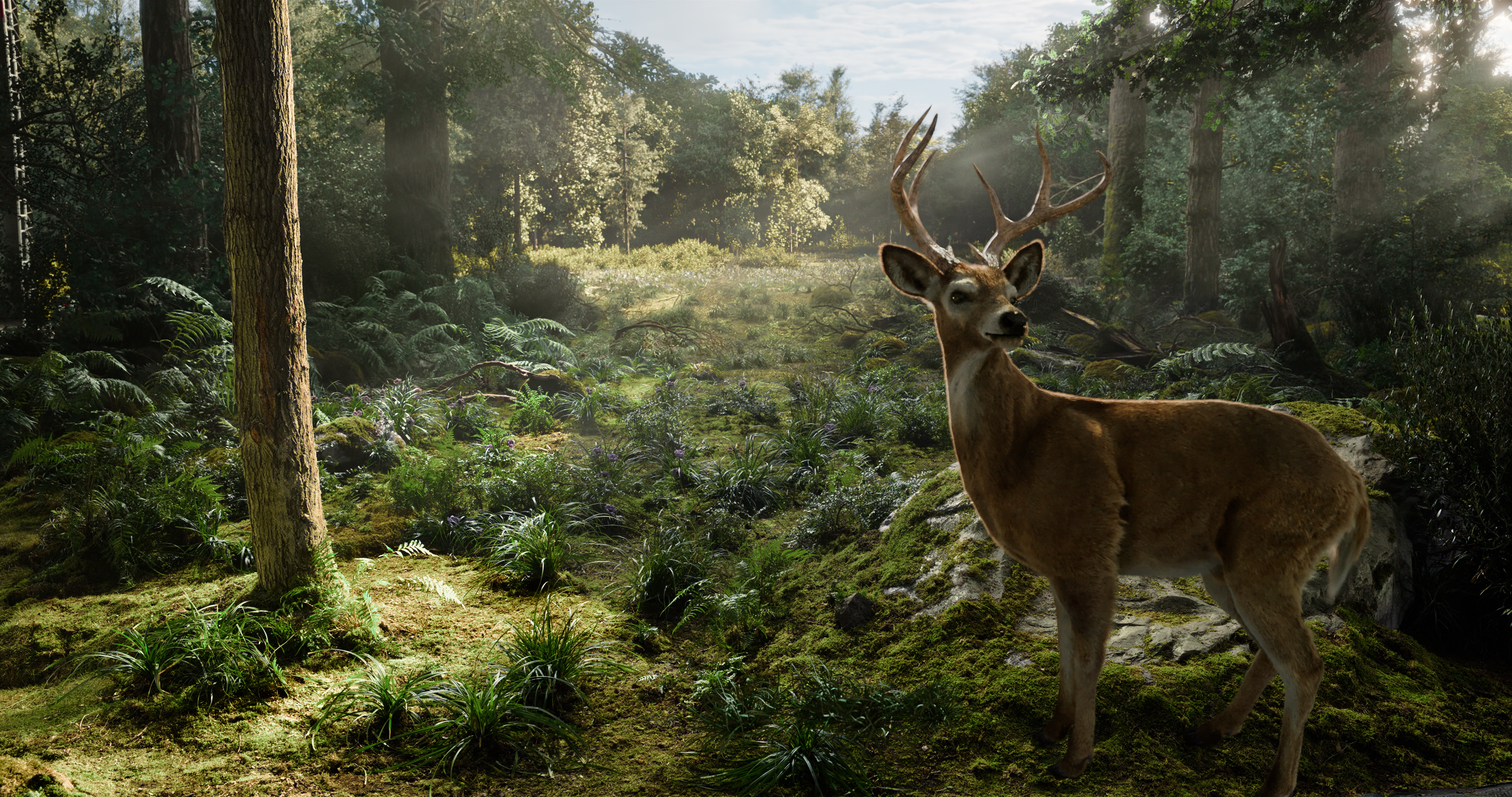
Here is an adaptation of the graphic novel by Richard McGuire and Alexander notes of the dynamic between visual effects and the source material that, saying: “We got most of our reference from the art department, driven by the Richard McGuire book and the artistic licence that they take with that. I think that there are some frames, and some ways of dissolving between frames and periods of time, which are probably more closely accurate (to the book).”
Alexander explains how most of the visual effects tools used on the film were fairly industry standard in the industry, including the best 3D modelling software, but does add some of the newer virtual workflows were used.
Get the Creative Bloq Newsletter
Daily design news, reviews, how-tos and more, as picked by the editors.
"We did an awful lot with virtual production, using Unreal Engine to render backgrounds," he says, adding: "We used Maya as our main animation modelling tool and Clarisse as our renderer. We then used Houdini for the more complex procedural animations. We also had a whole host of internal tools that helped us solve various challenges along the way, including the AI-driven tool that DNEG’s Technology team was heavily involved in developing.”
Throughout visual effects work on Here, AI was utilised for aspects of the film’s environment work and transitions between time and space, and Alexander recalls that “What was important was that the tool enabled the artists to do their jobs faster and enabled them to art direct various aspects of the shot.”

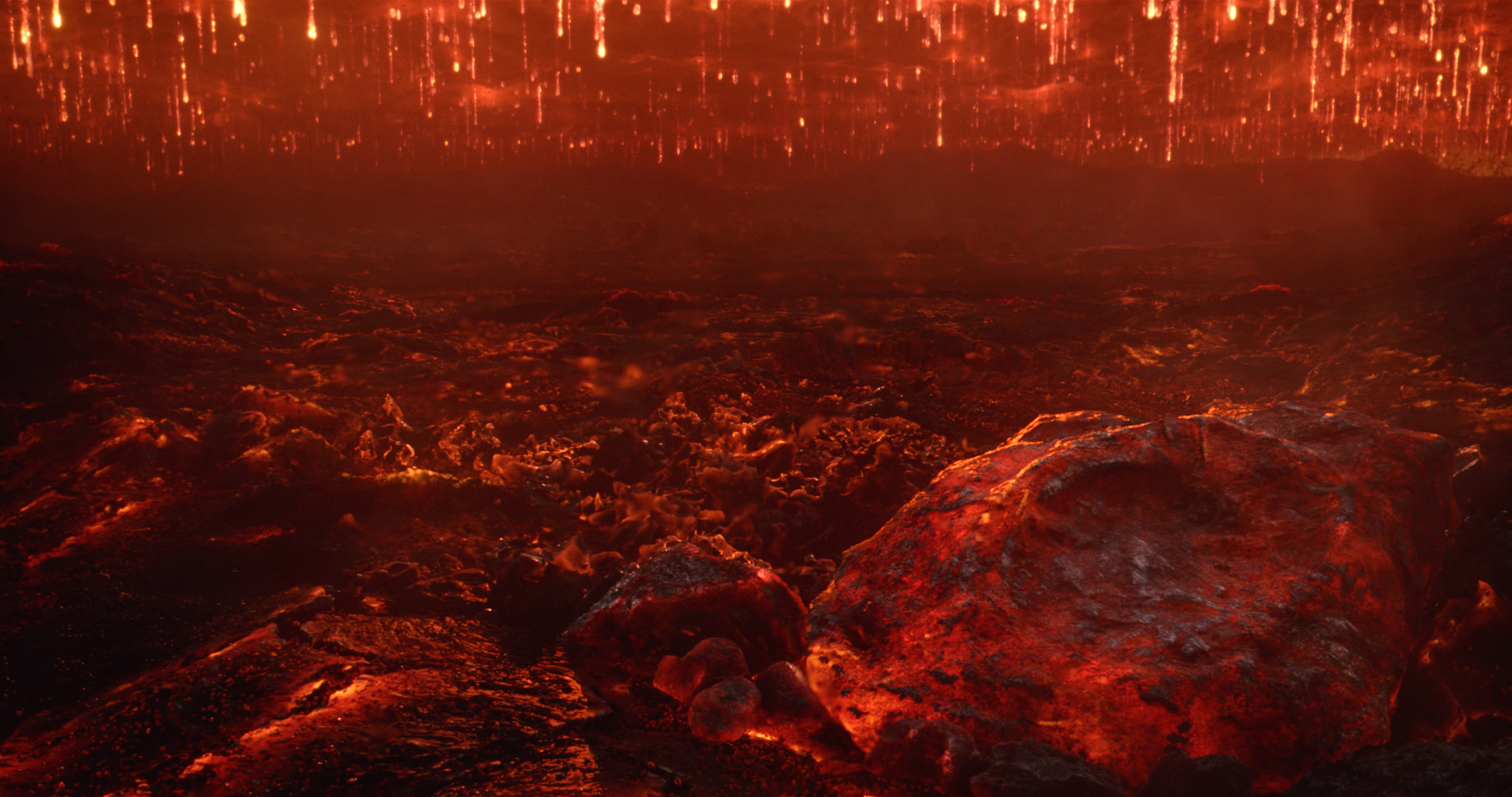
Here begins with a striking sequence that depicts the age of the dinosaurs. Of the work required for DNEG to undertake for this sequence, Alexander recalls how there were many challenging aspects to bringing this prehistoric sequence to the big screen.
"In terms of each individual component, the dinosaur shot wasn’t anything that we hadn’t done before at DNEG, so there wasn’t any aspect that seemed particularly complex on paper,” begins Alexander, who then pauses and adds: “But, trying to tell that story, that spans over a 100,000 years, in one 6,000 frame shot - and telling different stories from the same view without being able to move the camera so it’s almost like the world moves through the camera rather than the camera moves through the world - the logistics of that made it very difficult from a design perspective to come up with a narrative that had the beats and pace that were required."
He explains: "What you have to realise early on is that when you haven’t got a moving camera, everything in your scene has to move. You can look at a shot four or five times and then realise that there’s still some aspect of the shot that you haven’t seen before. You’ve got nowhere to hide for your audience and so you’ve got to contend with moving trees, moving bugs on plants, even down to all of the weather effects to tell the passing of time. It was extremely challenging.”


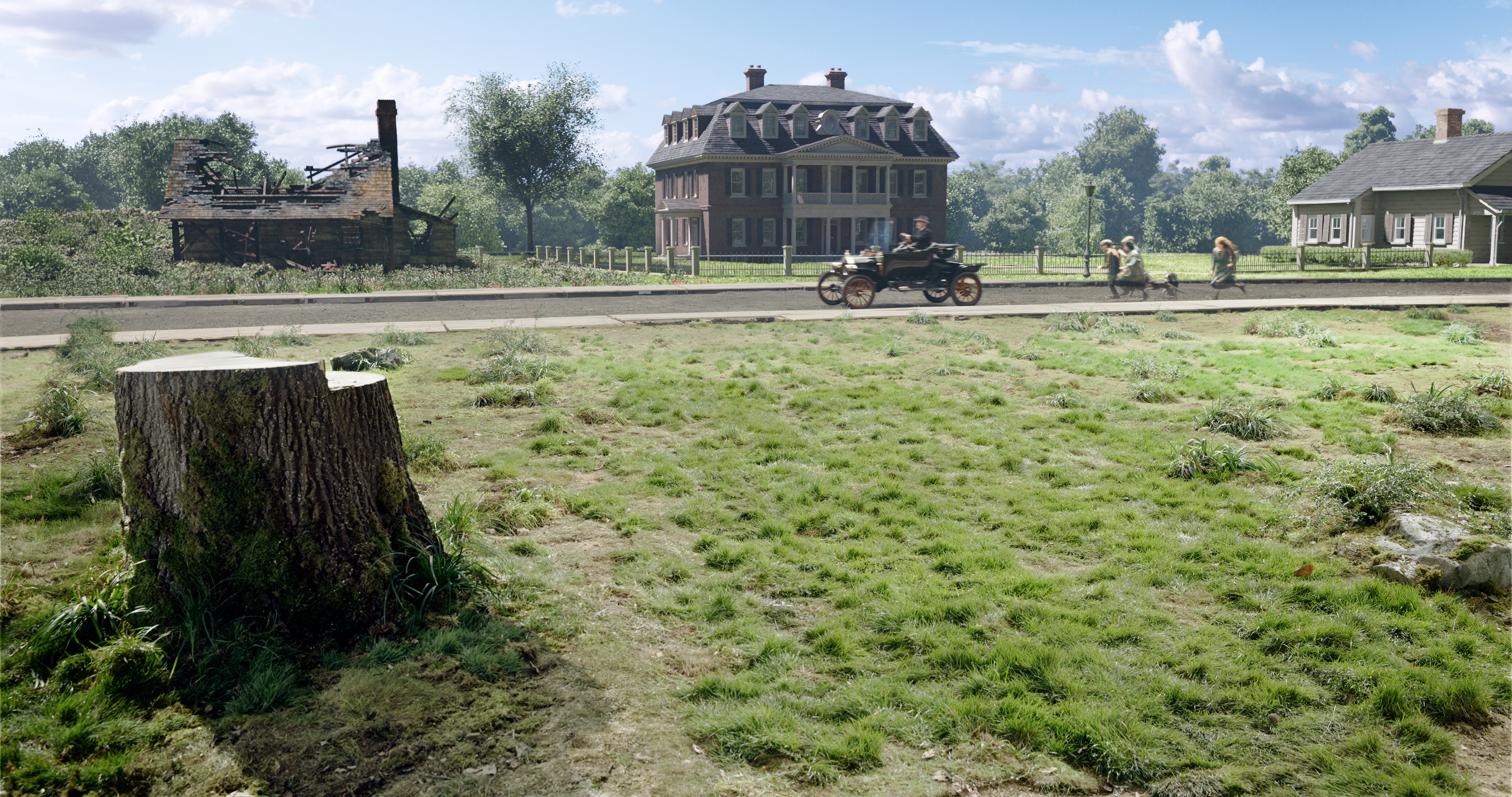
Alexander goes on to clarify the complexities of the knock-on effect of choices being made in the iteration of a shot: “One of the biggest challenges that we had with that prehistoric shot was that if one aspect of the shot changed; for instance the timing, or the amount of snow, or the way the trees grow; it had a knock-on effect on the thousand frames that came before or after it."
This sequence became an "unwieldy problem to solve" that Alexander says the team had to come up with new ways of working, using breaks in between the shot so that it could be broken down into sub-shots. This way, he tells me, when changes need to be made the impact on the simulation work and cinematography design before and after the shot was reduced.
"There’s a lot of very, very big moments in that shot: like a meteor coming down and the beautiful tree shedding its branches and growing," reflects Alexander. "But by far the most complex aspect of the shot, which probably doesn’t even come across, was the melting snow. That required a huge amount of careful simulation to art direct exactly where the snow melted and at what point, and over what period of time. That was quite an impressive FX component of the shot. I think that the shot works really well, comes together really nicely, and tells the story that the filmmakers wanted to tell.”
Making the VFX of Here: the hardest shot
Here' s fixed-position camera viewpoint is seen throughout the film. That said, at the conclusion, there is an exception to the film’s established aesthetic. Alexander unpacks the creation of that final shot and begins by sharing its the first and only time that the camera moves in the entire movie. He explains how it happens in such a subtle transition that you don’t notice it, until you’re through the move and get a sense something was different.
"What was challenging about that shot, was that the camera rotates around our actors, then exits through a window that never actually exists, and then settles on a neighbourhood which is entirely digital," says Alexander. "Of the many things that were difficult about that shot, the camera move in particular required an almost partial rebuild of even the actors. At one point, the complete set around them becomes entirely digital because the set that was built for production didn’t really cater for a camera-move that did that. So we had to work to repair the actors’ perspective, and repair where their positions were in the set.”

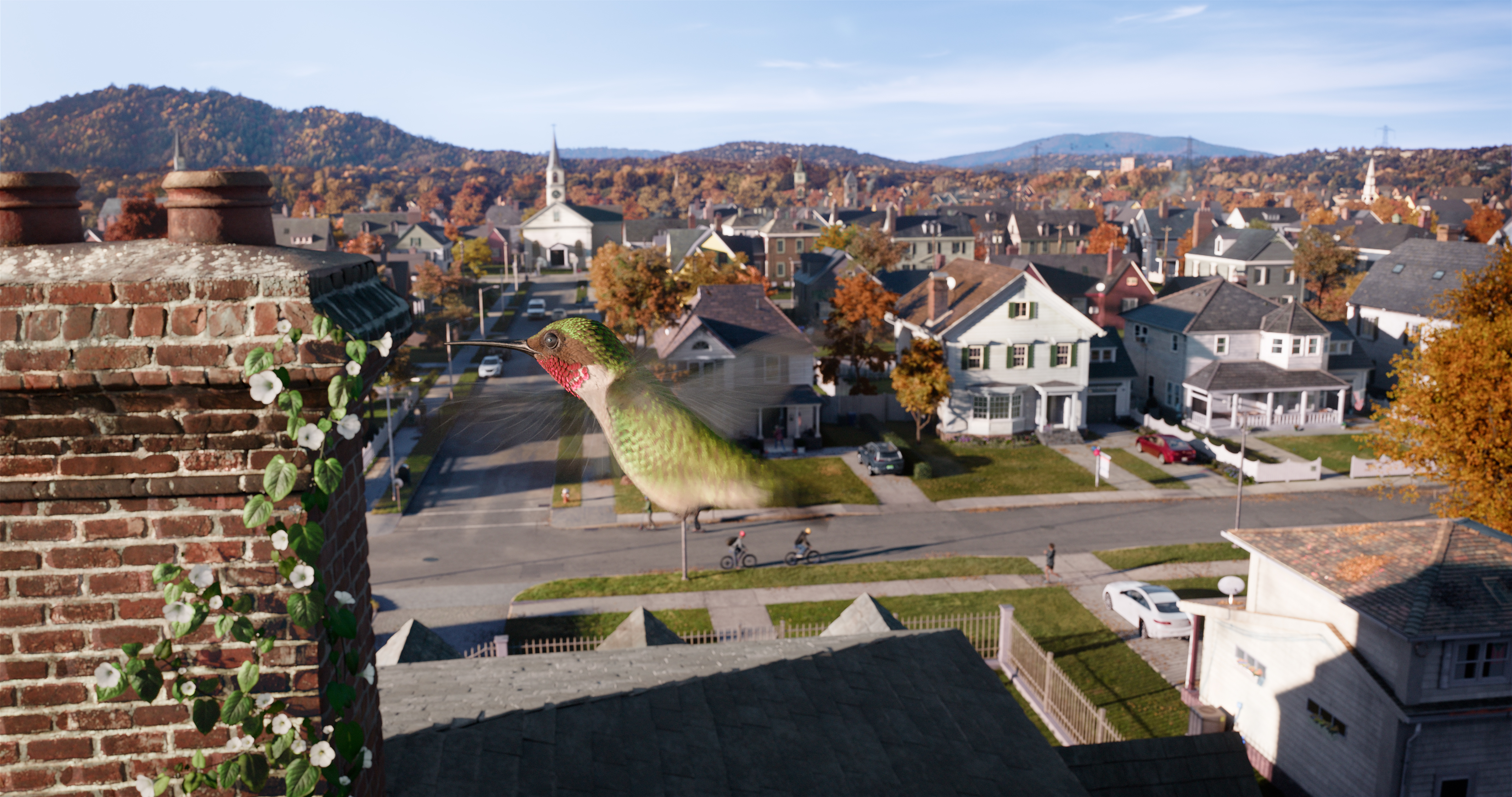
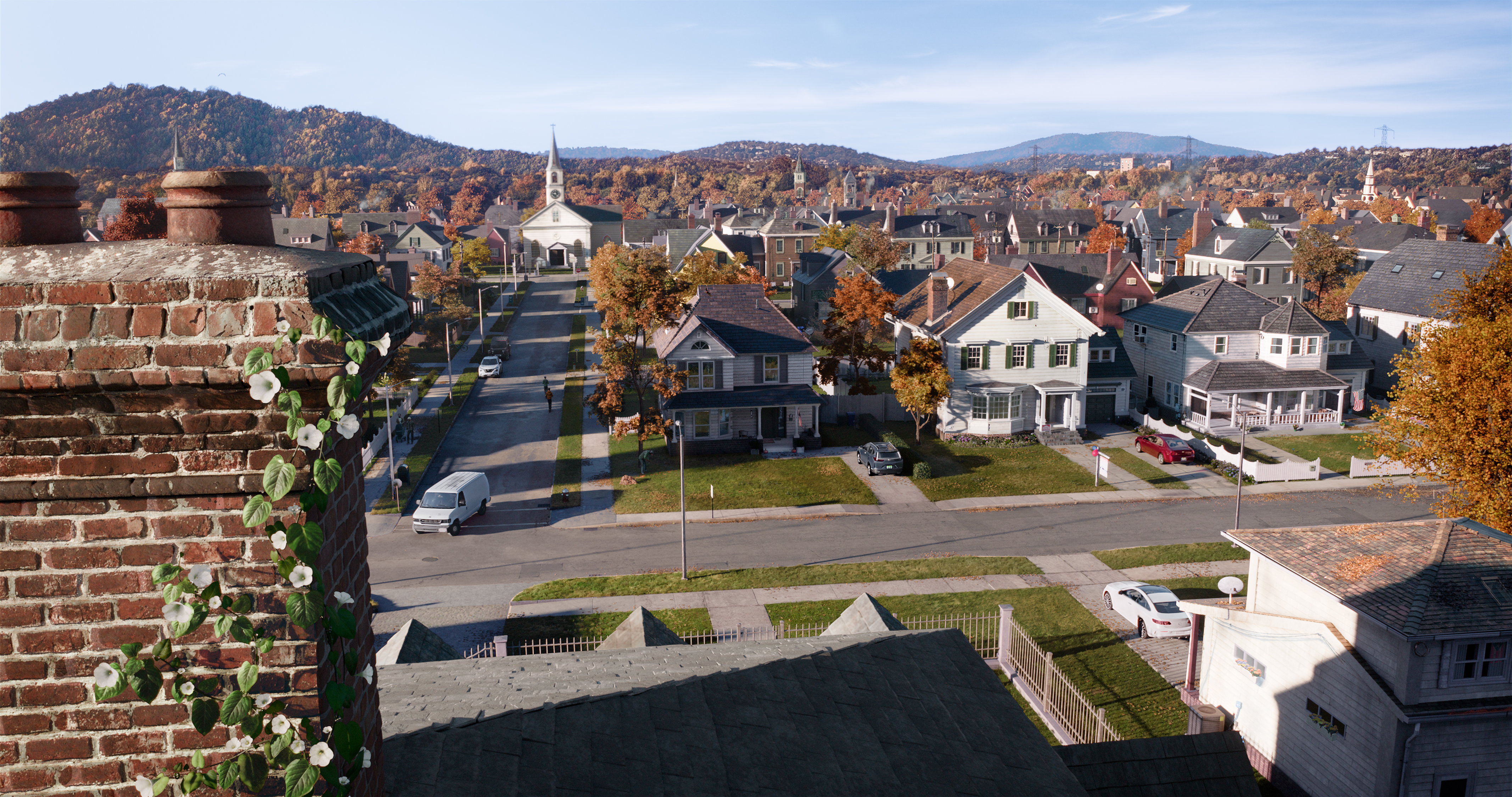
Alexander then details the execution of the design of the final shot, explaining how in terms of an execution it was a little like the dinosaur challenge. This shot reveals the many stories being told in the neighbourhood, and they need to be subtly put up on screen.
"The purpose of it is that it makes you want to find out what happened to the neighbours and to the other people in the neighbourhood," says Alexander, who then reveals some of the details you may miss on first viewing.
"If you look at the shot many times, you’ll see lots and lots of small little stories: there’s a family pushing a baby in a pushchair, there are kids on their bikes, someone’s just come in from doing the groceries," he reveals. "There are ten to fifteen different similar stories that could have been happening in this neighbourhood, and I think that what worked well in the shot is that you actually start to detach yourself from the narrative of the family that you’ve been watching for an hour and a half, and you want to start thinking about the other ones."
On reflection Alexander tells me why this sequence is so special. "It was very subtle, with lots of very small, delicate visual tricks, visual interest and just an insane amount of detail added into that shot to make it look photographic.”
The purpose of it is that it makes you want to find out what happened to the neighbours and to the other people in the neighbourhood
Alexander Seaman, Visual Effects Supervisor, DNEG
Of DNEG’s body of work for Here, Alexander observes that, “I think that one of our key abilities at DNEG is that we are able to take a brief and complement it with additional ideas and additional designs. It’s not so much about whose idea made it into the movie, but it’s more about collaborating with everyone to get the best out of each other and getting the best and most attractive ideas onto the screen.”
Inspired by DNEG's work? Then read our career advice from DNEG, Framestore and MPC pros. Also, read our guide to the best laptops for 3D modelling to see what tech you need.

Thank you for reading 5 articles this month* Join now for unlimited access
Enjoy your first month for just £1 / $1 / €1
*Read 5 free articles per month without a subscription

Join now for unlimited access
Try first month for just £1 / $1 / €1

James has written about movies and popular culture since 2001. His books include Blue Eyed Cool: Paul Newman, Bodies in Heroic Motion: The Cinema of James Cameron, The Virgin Film Guide: Animated Films and The Year of the Geek. In addition to his books, James has written for magazines including 3D World and Imagine FX.
